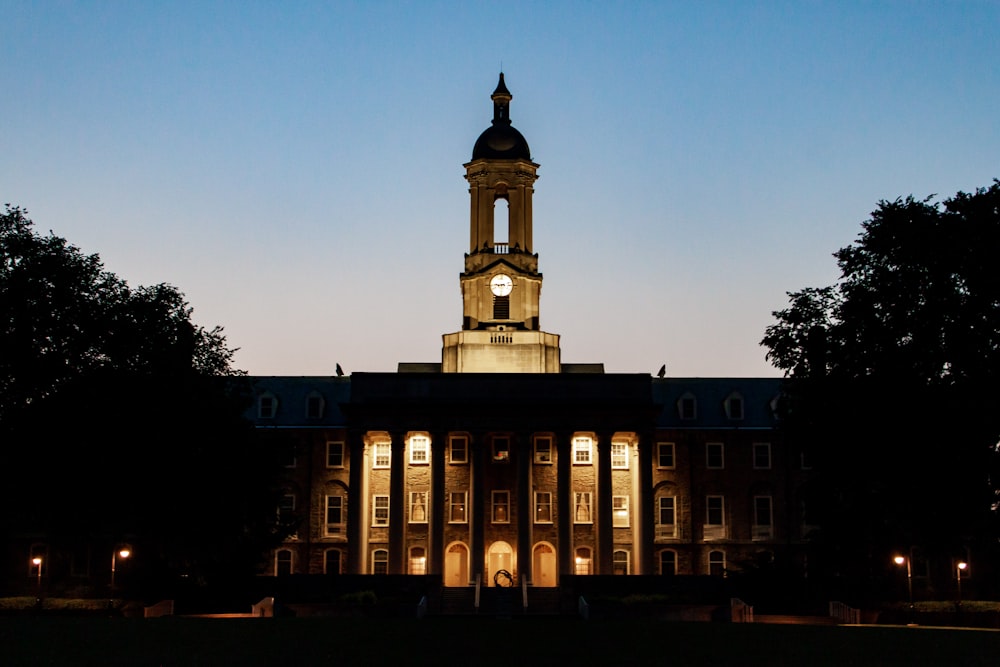Pennsylvania State University is known for a couple of things. For one, it’s widely considered an exceptional school, earning the distinction of being referred to as one of the “public Ivies.” It's also the school that helped cover up the crimes of one of its employees, assistant football coach Jerry Sandusky, who sexually abused children for 15 years. It’s clear this school’s prestige cannot and will not prevent its administrations from acting dishonorably.
The school announced it will no longer open a Center for Racial Justice, even though the plans to build the space intended to “address the challenges of racism, racial bias and community safety that persist in our nation” were revealed a little over a year ago. While it’s not as awful as a university president sweeping molestation under the rug, scrapping plans to build a racial justice center sure does suck. It just goes to show the whole “Kumbaya, My Lord” black square era of allyship was complete B.S., and now it’s time to get back to business as usual.
New university President Neeli Bendapudi, who started in May, claims she plans to focus on other diversity, equity, and inclusion efforts like scholarships. Black faculty at Penn State are upset because, as you may expect, any and all diversity measures have been slow moving. For instance, only 3 percent of the faculty members at Penn State are Black, and a third of them regret their decision to work at the school.
It’s true that Penn State is facing some financial problems. The university operated at more than a $150 million deficit last fiscal year. So, sure, something’s gotta give. But the center would’ve only cost Penn State $1 million a year to operate, which is not much for a school of that stature. Companies all over are facing financial burdens. The question is, when the going gets tough, why is diversity always the first thing on the chopping block?
